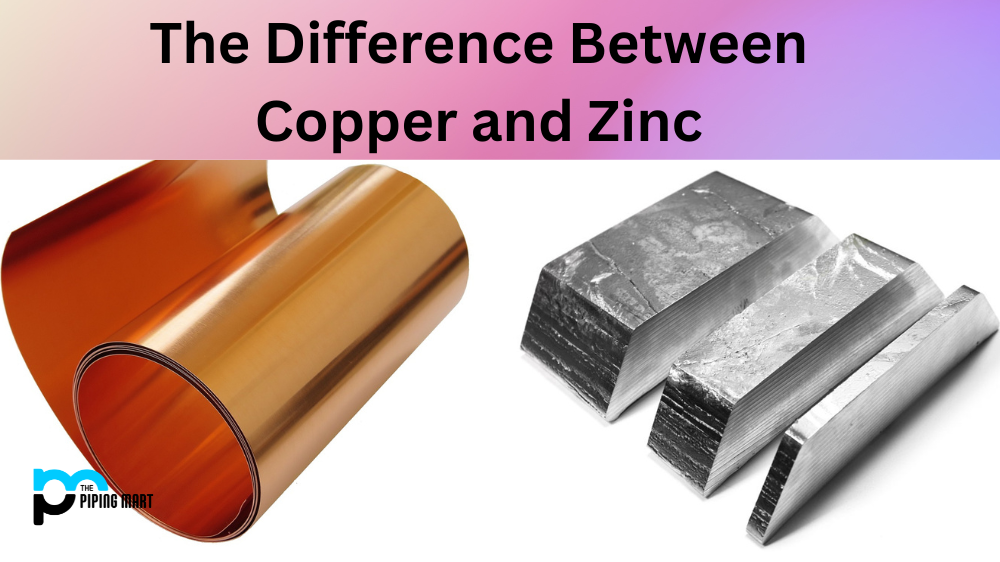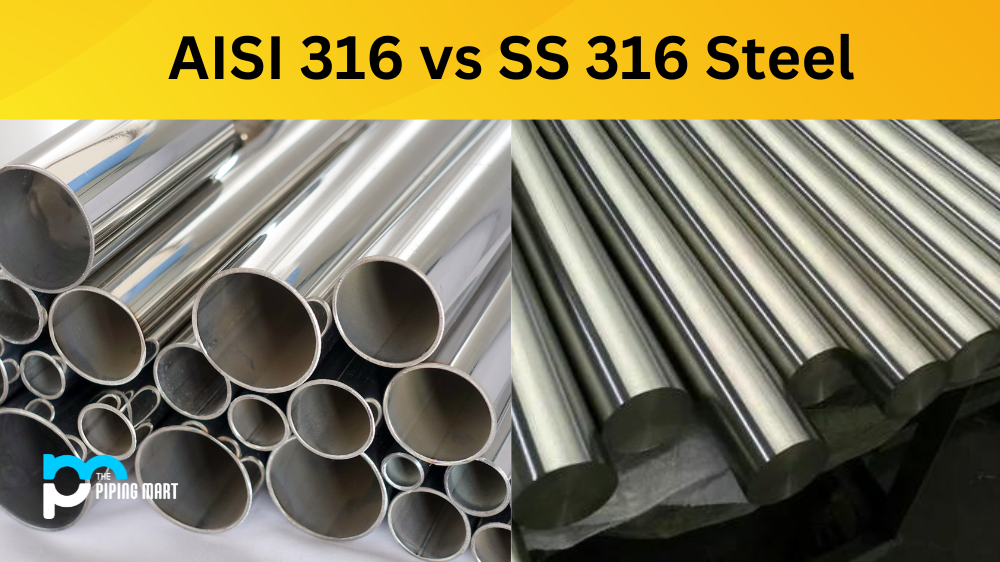Are you wondering what the difference is between Monel K500 and Inconel 718? If so, you’re in the right place. These two materials are often used in industries such as aerospace, automotive, and chemical processing, but they have some key differences that set them apart. In this blog post, we’ll explore Monel K500 and Inconel 718 to help you make an informed decision about which one is right for your needs.
Monel K500
Monel K500 is a nickel-copper alloy with excellent strength and corrosion resistance. It has superior mechanical properties compared to other alloys in its class, making it an ideal choice for applications that require strength and corrosion resistance. It has good formability and weldability, making it easy to work with. The alloy also has excellent fatigue resistance, meaning it can withstand high levels of stress without cracking or fracturing over time.
Inconel 718
Inconel 718 is a nickel-based superalloy that combines excellent strength with good formability and weldability. Its high tensile strength makes it well suited for use in extreme temperatures, such as those found in jet engines or gas turbines. It also offers superior corrosion resistance against acids and other corrosive substances. Compared to Monel K500, Inconel 718 has better creep resistance at elevated temperatures but slightly lower fatigue properties than its counterpart.
Difference between Monel K500 and Inconel 718
The main difference between Monel K500 and Inconel 718 is their respective performance characteristics at elevated temperatures. While both alloys offer high levels of strength and corrosion resistance when exposed to extreme conditions, Monel K500 has better fatigue properties, while Inconel 718 has better creep resistance at higher temperatures. Additionally, Monel K500 is more ductile than Inconel 718, making it easier to work with under certain circumstances.
Chemical Composition
One of the key differences between Monel K500 and Inconel 718 is their chemical composition. Monel K500 contains 63-70% nickel, 30-39% copper, 1-2% aluminum, and trace amounts of iron, manganese, carbon, and silicon. Inconel 718 contains 50-55% nickel, 17-21% chromium, 4-6% cobalt, 3-5% molybdenum, 1-2% titanium, 0.08-0.12% carbon, and trace amounts of manganese, silicon, phosphorus, sulfur, and iron.
Tensile Strength
Monel K500 has a tensile strength of 700 MPa, while Inconel 718 has a tensile strength of 1040 MPa. This difference in tensile strength is due to the different chemical compositions of the two alloys. Monel K500 contains more nickel than Inconel 718, which gives it greater strength. However, Inconel 718 contains more chromium and molybdenum than Monel K500, which gives it better resistance to corrosion and higher temperatures.
Applications
Monel K500 is typically used in marine applications due to its excellent resistance to corrosion in saltwater. It is also used in oil and gas pipelines as well as chemical processing equipment. Inconel 718 is typically used in aerospace applications due to its high strength and resistance to corrosion and heat. It is also used in medical implants and nuclear reactors.
Cost
Monel K500 is typically more expensive than Inconel 718 due to its higher nickel content. However, Inconel 718 is often more expensive than Monel K500 when comparing similar products due to its higher demand in the aerospace industry.
Availability
Monel K500 is widely available from metal suppliers around the world. Inconel 718 can be more difficult to find as it is not as widely used as Monel K500. However, it can be sourced from specialty metal suppliers
Conclusion
Ultimately, when choosing between Monel K500 or Inconel 718 for your application needs depends on the specific requirements of your project—and whether or not you need the additional benefits of creep resistance at extremely high temperatures—that these two materials provide over each other. With the information provided above, though, you should be able to make an informed decision about which material will best suit your needs! If you have any additional questions about either of these two materials or how they compare against each other, don’t hesitate to reach out for assistance from our team here at Metric Marketing! We’re always happy to help!

Abhishek is a seasoned blogger and industry expert, sharing his insights and knowledge on various topics. With his research, Abhishek offers valuable insights and tips for professionals and enthusiasts. Follow him for expert advice on the latest trends and developments in the metal industry.




